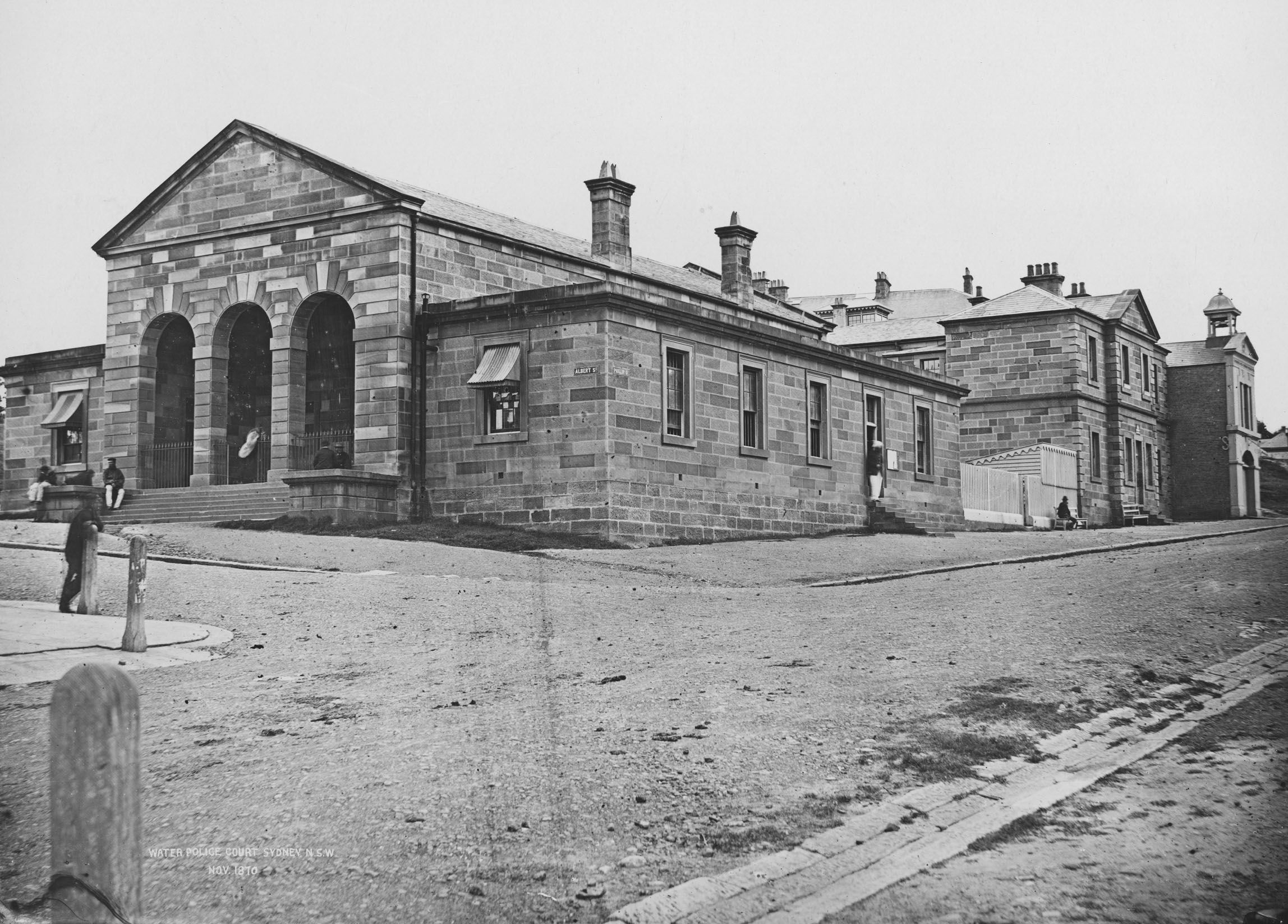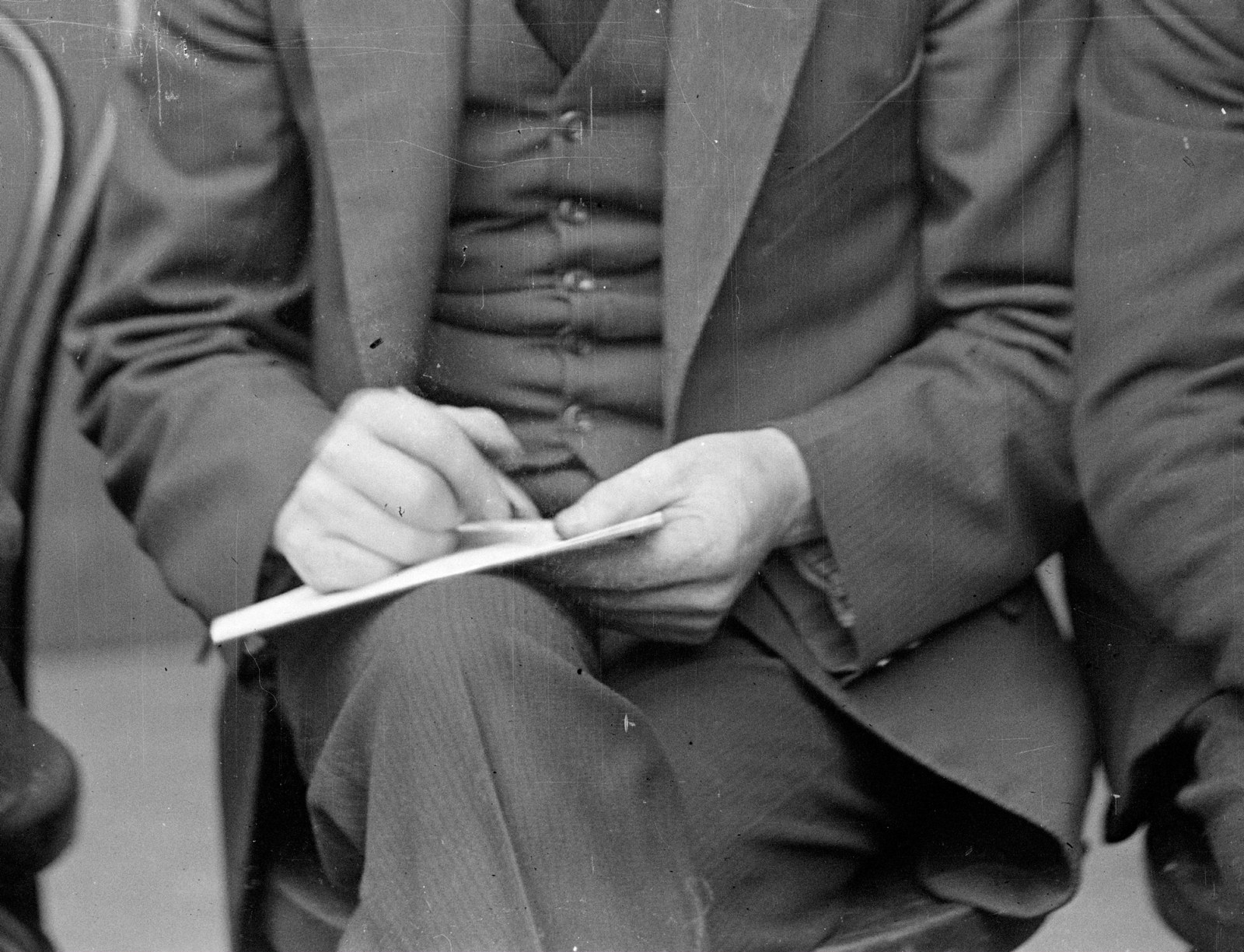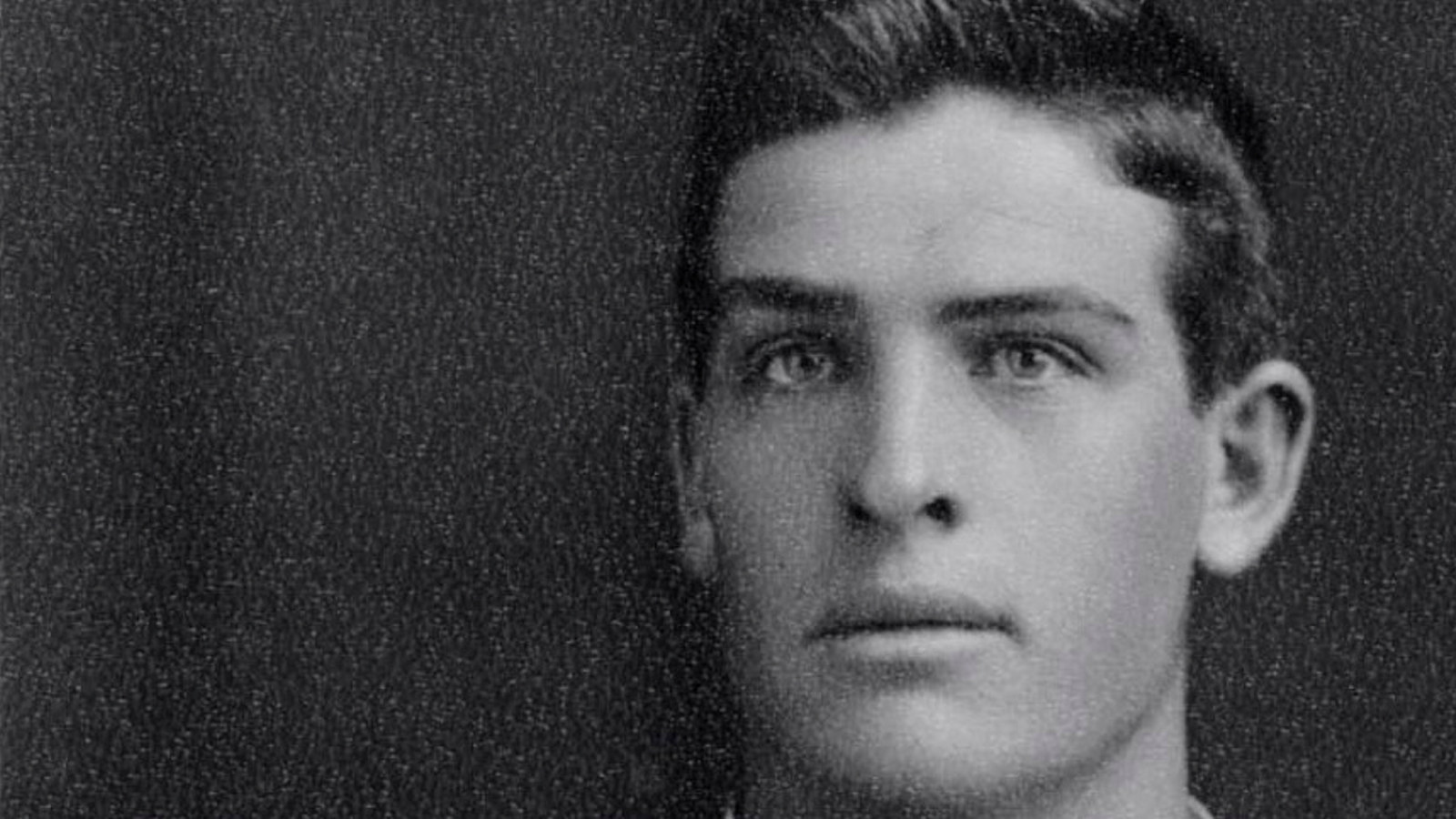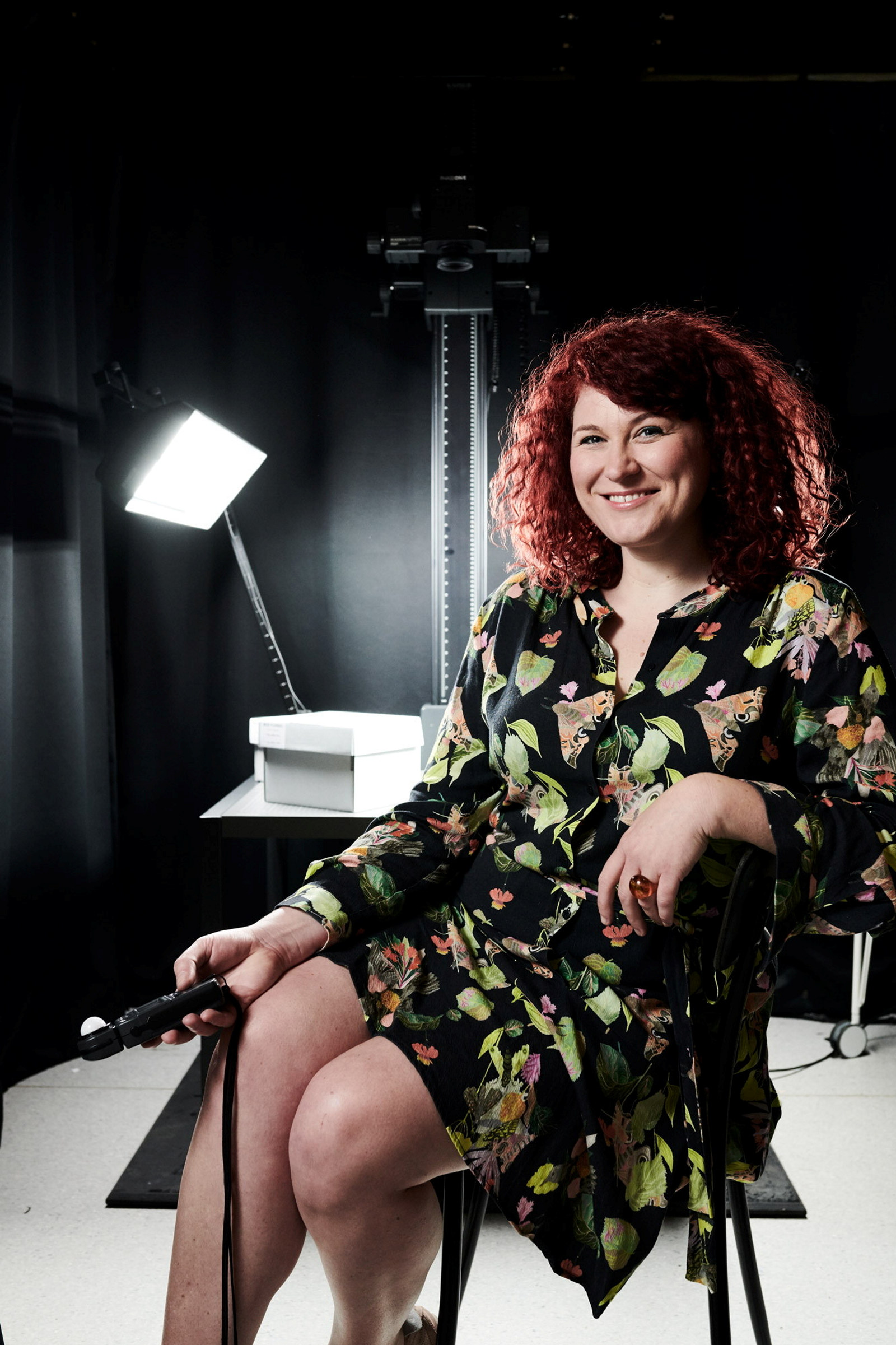The early years of crime scene photography
Alongside thousands of images of suspects, scenes and evidence, the NSW Police Forensic Photography Archive offers rare glimpses of the officers who dedicated themselves to developing the use of photography for investigative purposes.
In March 1940, Sydney police officer Cecil Stanley Jardine, then aged 35, was appointed officer in charge of the recently established Scientific Investigation Bureau (SIB). His small team was tasked with introducing new methods and practices for the detailed examination of crime scenes and assessment of evidence, then in its early days as a scientific field. From the late 1980s, Jardine and a handful of other retired SIB members generously agreed to be interviewed. Their stories provide insights into the unpredictable and often confronting nature of their work.
They used to say to me, “what a life”. I used to spend hours and hours and hours at the scene of a crime … when I had finished I’d be able to tell you everything that was on that table, exactly where it was and what it was ... I knew everything in the room.
Cecil Jardine oral history, 14 April 1988
A cultural shift
Initially part of the Criminal Investigation Branch, the SIB was based at Sydney’s Central Police Station. Their small first-floor room had a workbench with a sink connected to hot and cold water, a selection of basic equipment (including microscopes for examining exhibits and a precision camera apparatus using infrared and ultraviolet rays to identify stains and marks) and a darkroom ‘the size of a country dunny’.1
The new, scientific approach to investigation required a cultural shift within the police force, and at first the SIB relied on particular detectives requesting their expertise. Fortunately, a directive soon came from the chief of the Criminal Investigation Branch. Jardine recalls his words:
From now on when you [Jardine] or one of the senior members of your staff go to a crime, you are in charge of the crime scene, and no-one is going to interfere with that until you’ve done everything you need … you take your photographs, your measurements for your plan [detailed draft of the scene] … you’d be responsible for the searching and find what you can … and then let the other police come.2
Growing professionalisation
Over time, the scope of the SIB’s investigations widened, aided by advances in policing practices, science and photography. In the late 1940s it was amalgamated with the Handwriting, Ballistics and Photographic sections of the Criminal Investigation Branch. The team included experienced investigators, draftsmen and photographers who also specialised in freehand drawing, making plaster casts and models, firearm identification, handwriting analysis or visual comparisons of marks and impressions.
When new officers joined, they were mentored by the ‘senior men’, learning photography on the job and building their skills and expertise on routine cases before attending more serious crimes. The SIB library contained the latest information about the new ways of working, maintaining subscriptions to international publications such as the FBI Law Enforcement Bulletin and the London Police Journal.
Unrestricted access, with camera
NSW Police had started using photography in the late 19th century, but its use wasn’t extended consistently or formally to the investigation of crime scenes until the mid- to late 1940s. In the early years, large, heavy tripods had been required to support cameras that exposed glass-plate negatives one by one. With advances in photography, by the 1950s police photographers usually shot packs of plastic-based black-and-white sheet film in analogue press-style cameras with flash units. The handheld equipment freed photographers from the need for cumbersome tripods, and enabled a brief exposure and a sharp image. The blinding burst of the flash bulb froze action and flooded a room with light, night or day. Where previously only one or two shots were taken at a scene, now a series of photographs were taken.
Police photography was intended to be employed as an impartial, scientific form of documentation to support police investigation and court testimony; however, in the early days the photographers didn’t follow a predetermined formula. Rather, each photographer’s experience informed their perception and interpretation of the scenes they encountered; this resulted in individual styles and, often, a unique visual language in photographs taken by different officers. The images could be considered experimental, responsive and even personal – especially when compared to the strict forensic and spatial mapping standards applied in crime scene imaging today.
The police photographer’s lens
Photographs taken by the SIB depict almost every imaginable aspect of life in Sydney during the mid-20th century: the people who came to the attention of the police, whether through misconduct or misfortune; the streets of the city and its expanding suburbs; the picturesque harbour and beaches; and the ordinary lounge rooms, bedrooms, kitchens and backyards that became the focus of the police photographer’s camera.
The negatives created and filed away by the SIB many years ago are now part of the NSW Police Forensic Photography Archive, a vast record of Sydney held at the Justice & Police Museum. They’re accompanied only by the brief notes made by photographers at the time of the investigation, and include no police detective notes or final rulings, court reports or newspaper stories.
Today, the complex qualities of the archive’s photography allow for multiple readings and reveal more than was ever intended about the Sydney region, human activity and the police response … and that is the power of the photograph.
Notes
- Cecil Stanley Jardine oral history, interviewed by Lyn Tan and John Snowden, 14 April 1988, for the Justice & Police Museum, Museums of History NSW.
- Ibid.
Published on
Related

Museum stories
Gritty business
Immerse yourself in Sydney's chilling criminal past in this unique water-front museum of policing, law and disorder – with its grizzly collection of underworld weapons along with tales of mayhem and lawlessness, aptly described as an educational resource befitting a 'professor in crime'

Underworld
Behind the scenes: How to read a ‘special’
Around the world, police forces followed established conventions when taking mugshots. But Sydney police in the 1920s did things differently

Police photographer George Howard
George B Howard was a prominent police photographer in Sydney during the 1920s

The Collection: NSW Police Forensic Photography Archive
The Justice & Police Museum cares for an eclectic collection of material relating to Sydney’s criminal and policing history
